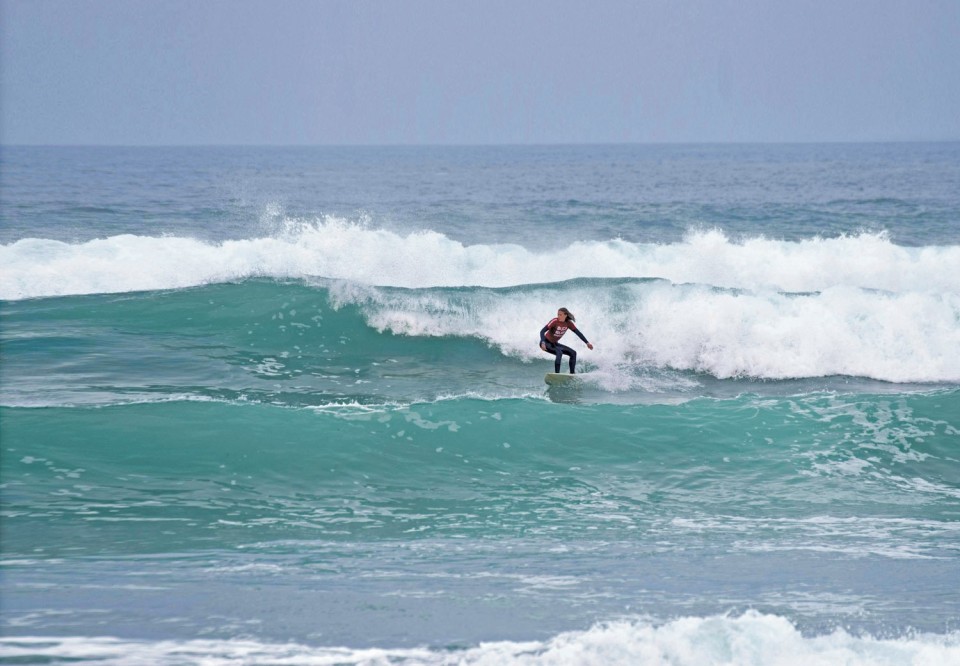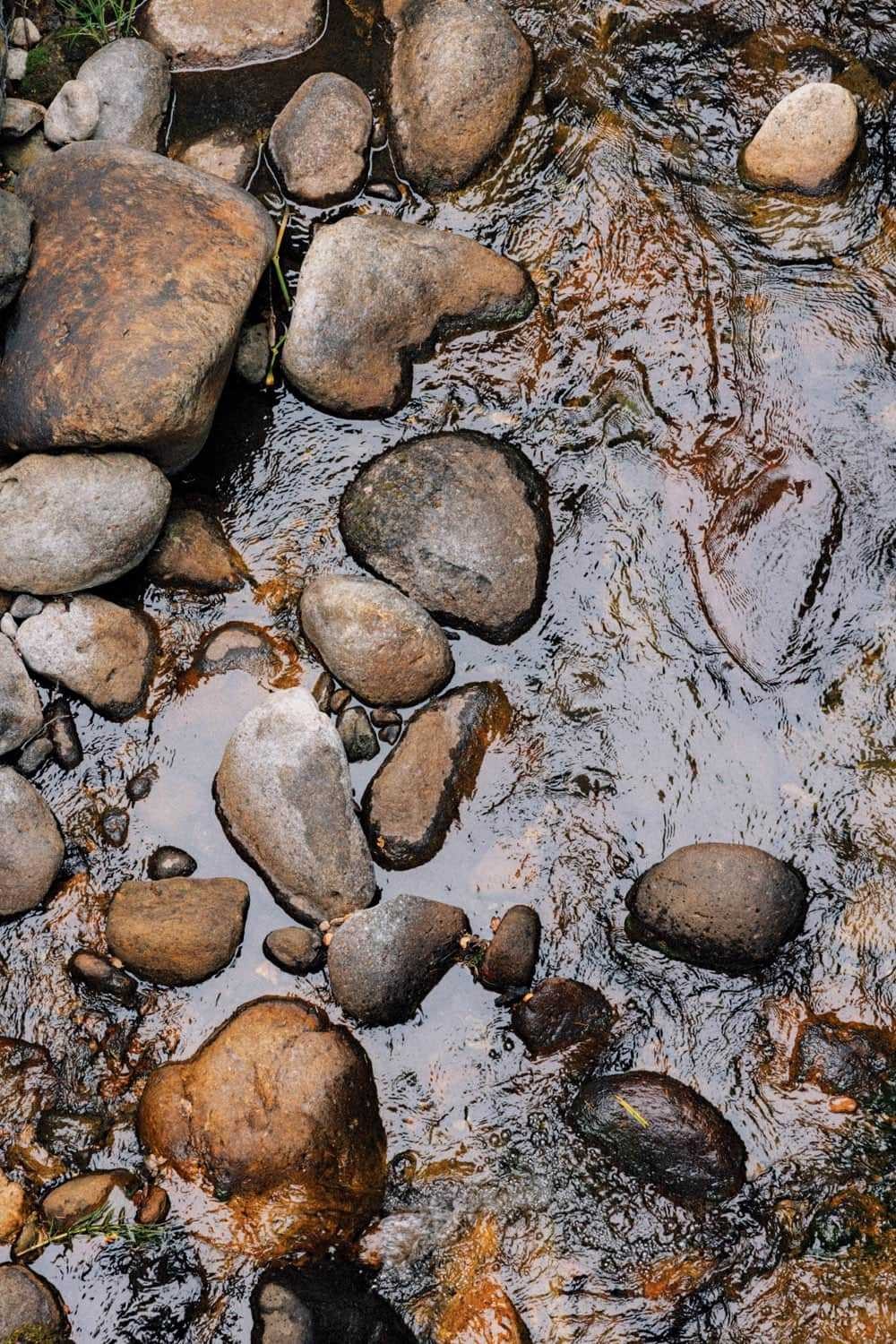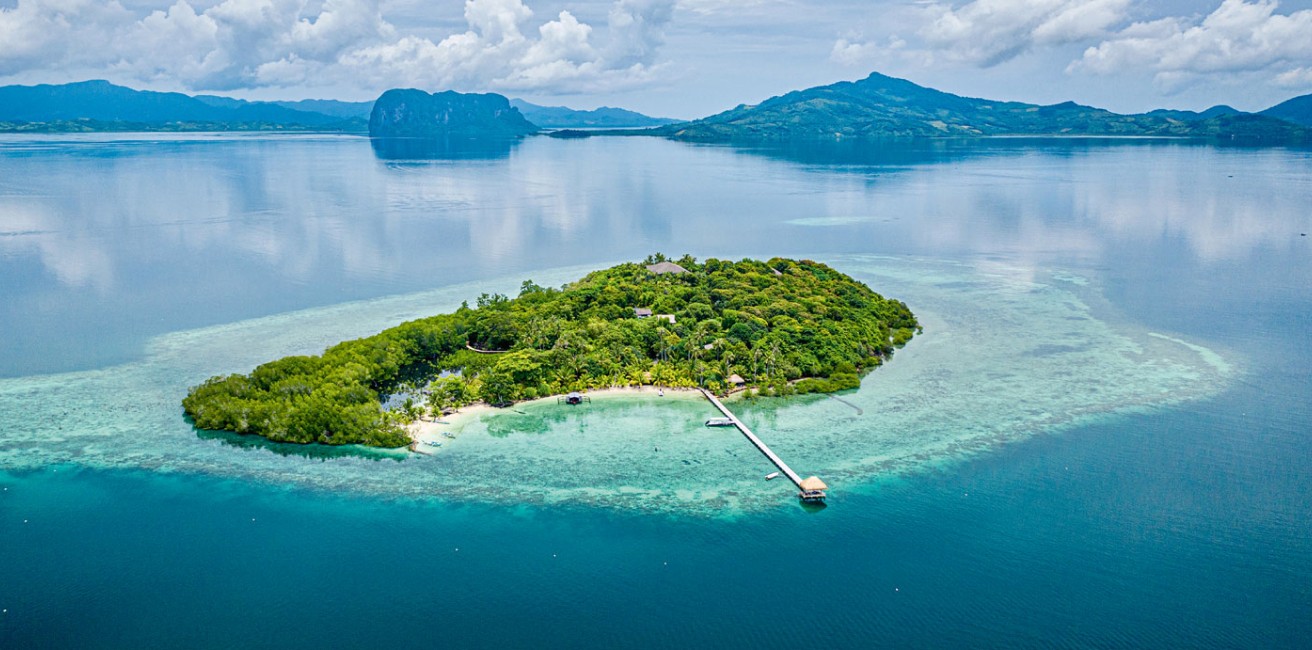North Devon and Cornwall, in South West England, are celebrated for their ideal surfing spots. The peninsula protrudes straight out into the cold, dynamic Atlantic, with the topography of the seabed and the swell of the waves combining to create exciting surf spots. Sennen Beach, the most westerly beach in Cornwall, is one of the most exposed beaches and the place to head to for all levels. It has one of the longest-running surf schools in England. Fistral Beach is on the north coast and another top spot where many surf competitions are held, with its own big-wave spot called Cribba, which has been known to have waves that reach 30 feet (9 meters). Porthleven, not for the beginner, is also very popular, with waves breaking over rocks rather than the usual sandy beach breaks and potential for big swells. A long list of beaches attracts surfers from around the globe, where a mixture of tame and turbulent waves makes them the ideal spot for beginners and seasoned pros alike. There are estimations believing there to be some 35 million active surfers worldwide, with about half a million of those in the UK. Locals and surf tourists have been riding the waves here since the early 1900s. Agatha Christie, a Devonian herself, described surfing as “one of the most perfect physical pleasures I have known.” Proof of its credentials came in May 2023 when north Devon was formally designated as the UK’s first—and the planet’s biggest—World Surfing Reserve, joining the likes of Santa Cruz and Malibu on a prestigious, twelve-strong international list.
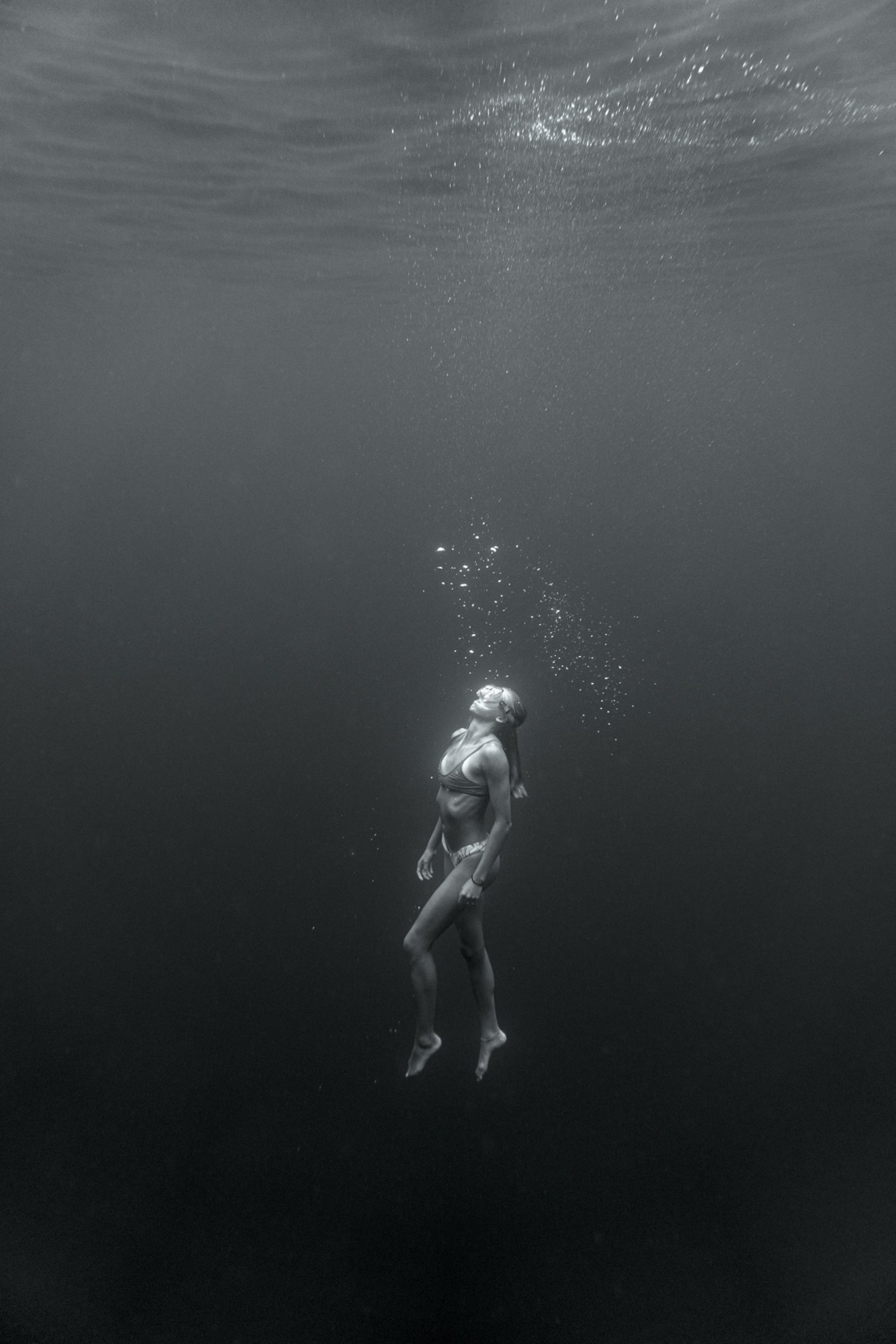
Anna in the warm, clear waters of Baja, Mexico. In this shot, her partner, Bede, used an underwater Sony camera to play with the light above the water.
In 2020, aged nineteen, Anna Michael headed to Australia in her gap year. “I was shortchanged! I had just discovered Byron Bay and the water. I planned to hunker down for a couple of weeks, but as the borders were being closed, due to the pandemic, I lost my lodgings. That was when my parents began to say that it was time to return. I was having none of it at that stage. I found out about a surf camp farther up the coast where they were living pretty much off the grid in converted containers on a beach. This time, my parents were really having none of it—too many unknowns. Grumpily, I arrived back in the UK late in March—just as the world completely closed down. In hindsight, they were right! But I had the taste for surf.
“A couple of years before, my dad and I had driven all the way to Cornwall to check out Falmouth University on a cold, foggy, wet January day. I had said, ‘No, this doesn’t feel right,’ and I was thinking I wanted a larger scene. But on returning from Australia, I reapplied. I knew I had to be by the sea.”
Initially Anna would walk the shoreline, taking photographs, while her new friends surfed. Then, she says, “I just properly had to give it a go. The first year of the pandemic, everything was shut. We couldn’t go out or meet in each other’s flats. There were strict rules of contact, and we all found ourselves heading to the beaches. It seemed to be one place we could socialize without getting into loads of trouble.”
Though she started the year slowly learning to surf, by December she was “fully going for it.”
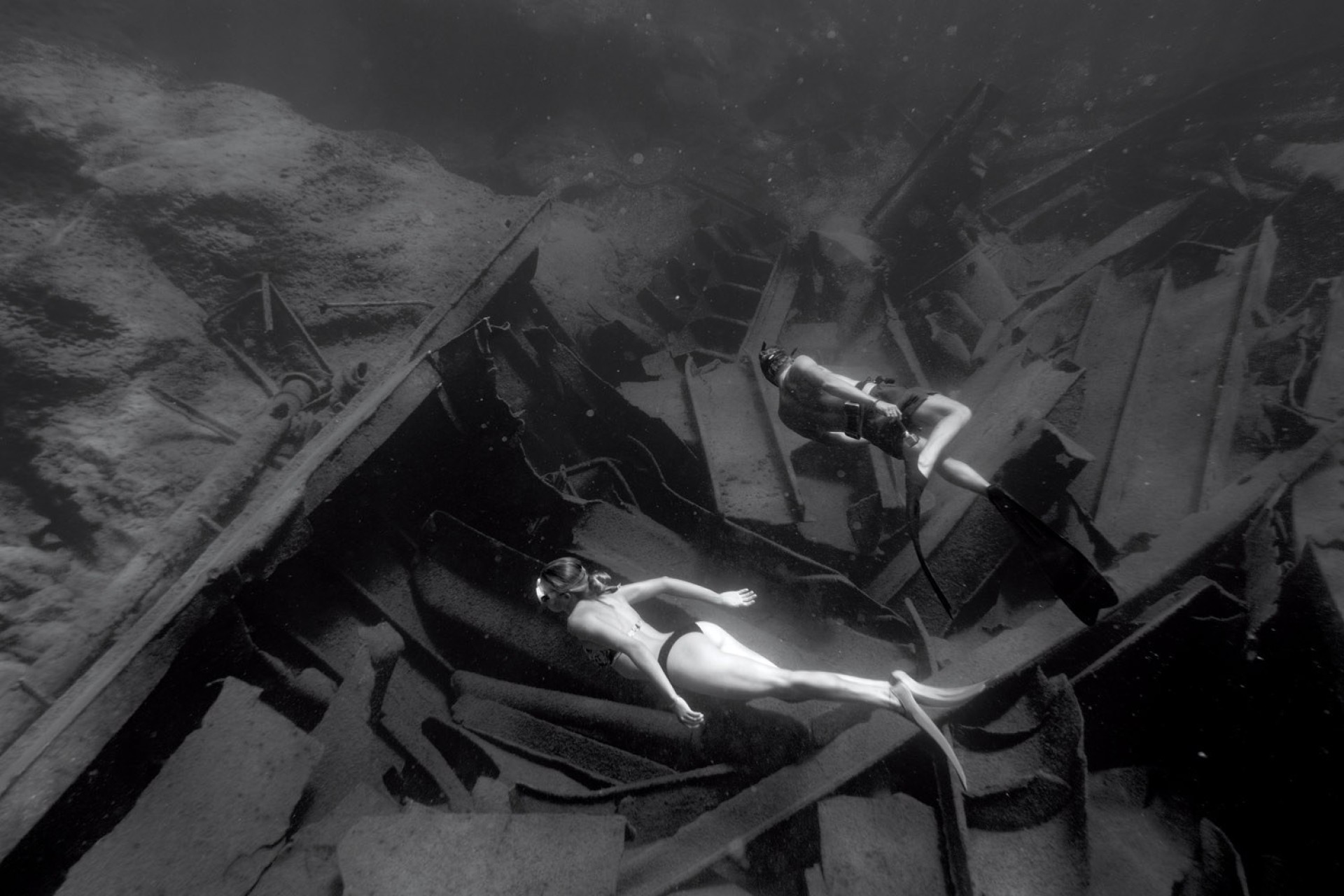
On a family holiday to Greece, Anna set the camera up for her brother Elliot to shoot the exploration of a shipwreck off the island of Milos.
There’s a culture to surfing, and there is also a sense of community. As the old saying goes, there are a million ways to surf, but as long as you’re smiling, you’re doing it right. Surfers also certainly adhere to their own set of traditions and rules, including surrendering your place in line to older or more seasoned surfers. “I had to figure that out,” Anna says. “Especially being outnumbered as a girl out there midwinter. I have built friendships with locals in and out of the water over all the seasons. Summer naturally becomes busier with tourism and warmer weather and waters; just keep smiling, is what I say!” Three years down the line, the salty air is ingrained in her, and friendships with both students and locals make for a fun time. Anna’s routine had become waking up at 5 a.m., surfing, and then back for 9 a.m. lectures—or so she tells her parents.
Anna’s car, “tiny and secondhand,” was at first ill-equipped to handle her interest in surfing. Early on, while driving downhill, her board slid forward and cracked her front window. “The next day I found a used roof rack,” she says, laughing. To begin with, she surfed mostly with friends because, as she says, “I really didn’t know what I was doing. Now I am comfortable surfing on my own. On a good day, the adrenaline kicks in, and you forget about everything else going on and just focus on the one thing you are doing here and now—riding the surf. I think that’s why I like it. It’s like a form of meditation, especially when you’re on your own. It’s my time. I am free. There’s a lot of paddling, sitting on your board, and just waiting for that wave. And every wave is different. And I think a lot clearer and am more creative if I’m in nature and exercising.”
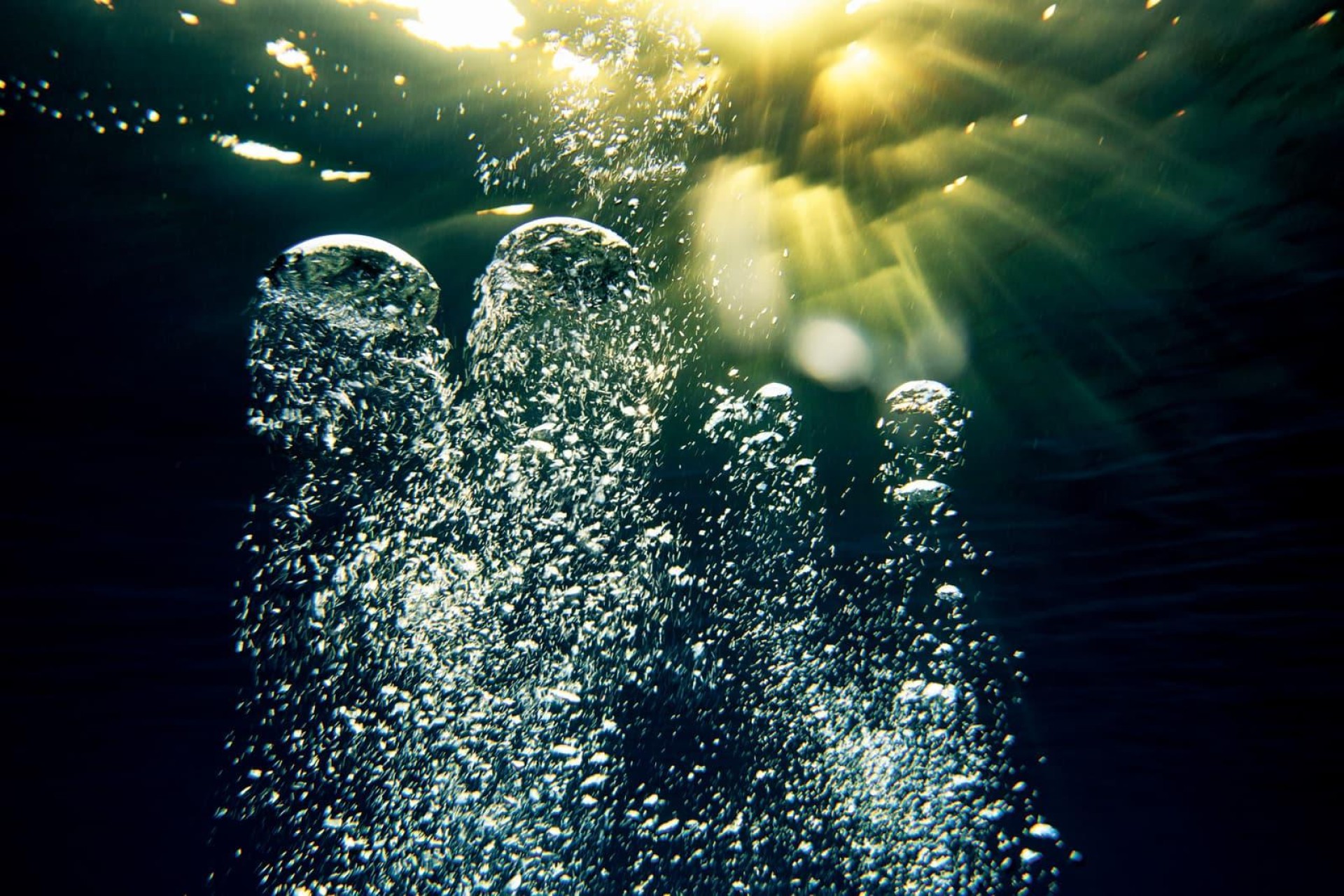
While in Greece, Anna explores capturing the effect of the early morning sunlight on bubbles.
Even though Anna has now surfed rather extensively, she occasionally still struggles with fear. She says, “At first, it came naturally because I was pretty naive to it all, but in the last year, I’ve had a few mental blocks with it, especially when it gets windy and cold. It doesn’t feel as friendly. In the dead of winter, Cornwall’s windy swells and cold waters can be harsh. I often get brain freeze while paddling out. I have the utmost respect for the ocean and its scale and power. I have not grown up in this environment and, yes, I can totally get scared. Not being scared does not come so naturally to me.
But I’m getting better at beating my fear. There are a lot of wipeouts, a lot of frustrating sessions, which make the good ones feel like a real achievement.”
Last summer, Anna and her boyfriend surfed Baja California, Mexico, for six weeks. “That was amazing and so different. I hadn’t surfed anywhere warm before. I was used to being in neoprene.” In the warm waters off the coast of Mexico, she says, “It was great because I could get out of the water when I was tired, not because I was numb from the cold. It was exciting.” She thought she’d save time not having to put on a wet suit, but covering her body in sunscreen took just as long. “And you certainly get more bruises without a wet suit on.”
“I have built friendships with locals in and out of the water over all the seasons.”
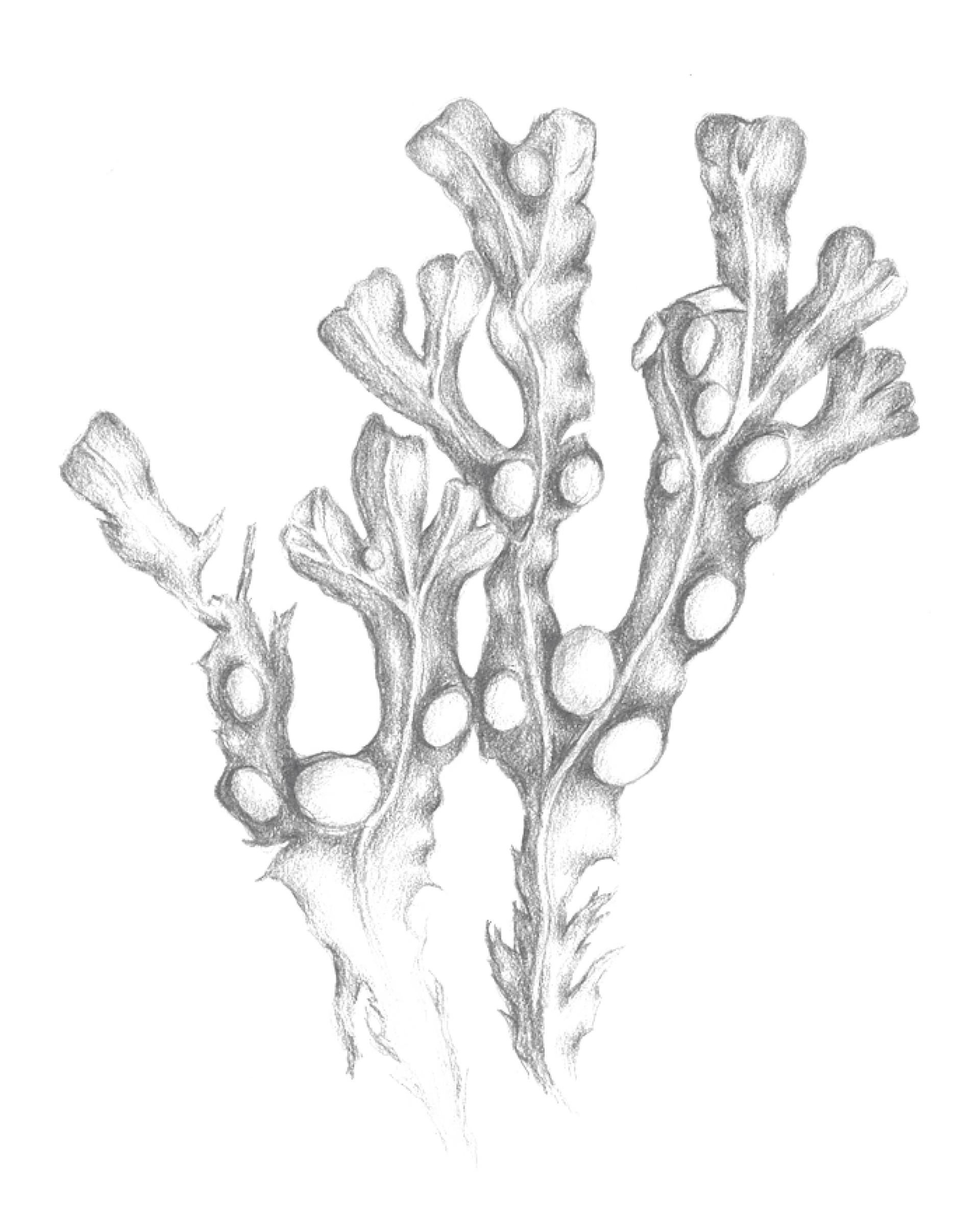
While there, her family surprised her, visiting her to celebrate her twenty-first birthday. Seeing her surf so well and effortlessly, her father and brothers tried to join in, admittedly with her encouragement and possible insistence. “Maybe I set them up royally to fail, as there was an unusually big swell that day due to a recent storm. My dad and my brothers attempted to surf, thinking that if I could do it, so could they. It was hilarious,” she says, laughing. “In the end, they didn’t have the paddle strength. They thought they were doing quite well, but my boyfriend and I were pushing them from behind. We even had to carry their boards in for them. They had some spectacular bruises to remember it by!”
Anna plans to return to Mexico. “We made great friends there. I’d love to go back and see them. And the fish tacos were so good.” During that trip, she also went scuba diving, and describes “the clearest water I’ve ever seen.” Her bucket list of surf spots she hasn’t yet visited includes “the entire California coastline, Portugal, and New Zealand.”
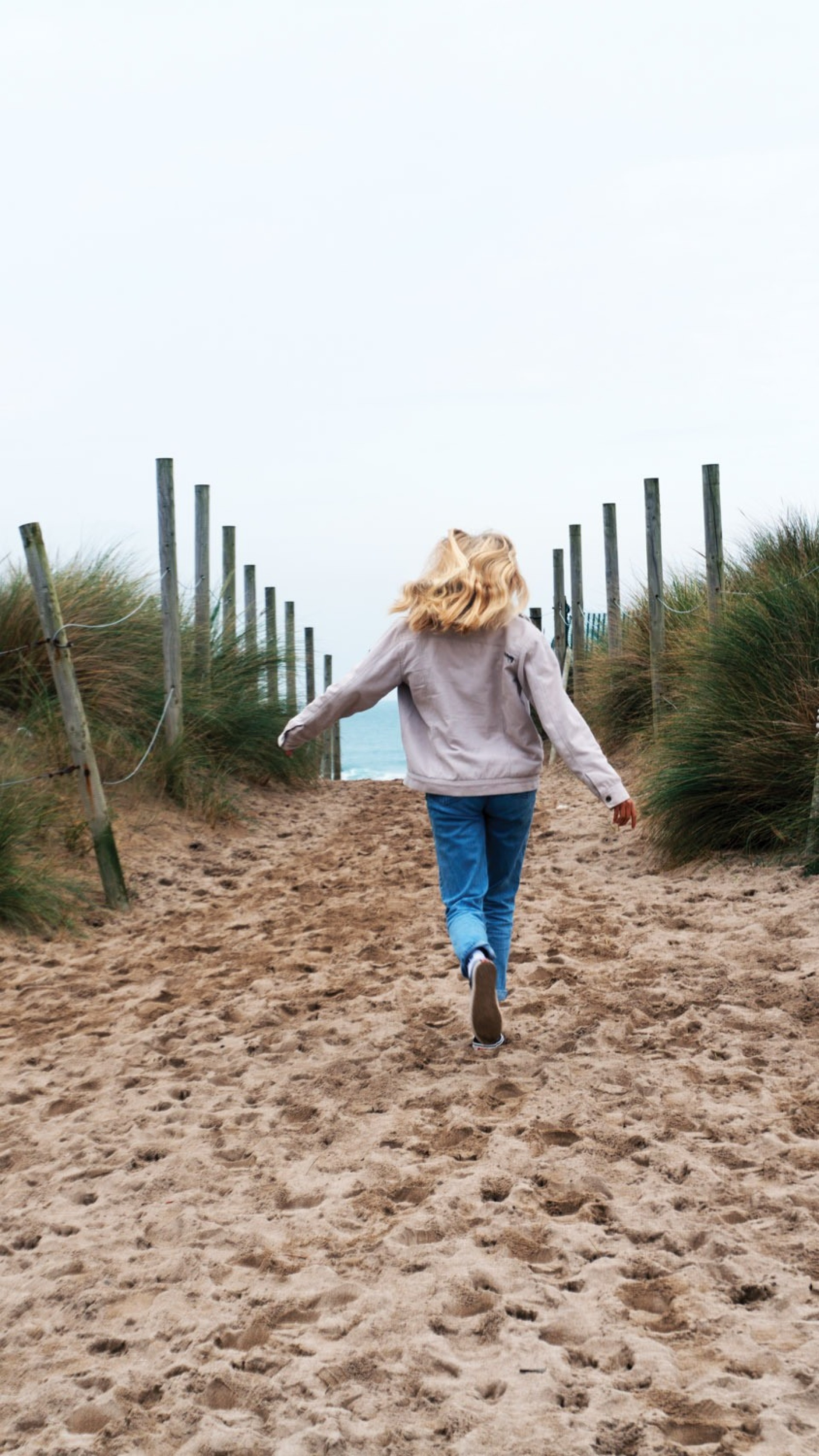
Anna runs toward the surf at Porthowan on the north coast of Cornwall.
Because she is an avid surfer, Anna has become more sensitive to the effects of climate change. “I think surfers are naturally incentivized to try and protect their environment. From dunes, to rock pools, tourism, and local businesses, there are so many places that are impacted,” she says. “Surfing is not necessarily a sustainable sport. You’re travelling. You’re wearing neoprene. Your board is made of foam. None of it is ideal.” She sees improvements in the industry, though, including companies like Patagonia, which now sells neoprene-free wet suits. “Our generation is much more aware of climate change, but I also think that a surfer’s proximity to the elements is a daily reminder about the power and risks of climate change. We just competed in a surf competition in Cornwall, and the prize was a sustainable wet suit. Afterwards, everyone grabbed a bag and cleaned up the beach.”
Anna’s also keen to recycle and has inspired others to take recycling more seriously. Since starting at Falmouth and taking up surfing, woe betide any of the family at home for any unwarranted use of plastic or lapse in recycling: soap bars, composting, and reusable water bottles are in, and shower gels and single-use cling film are out!
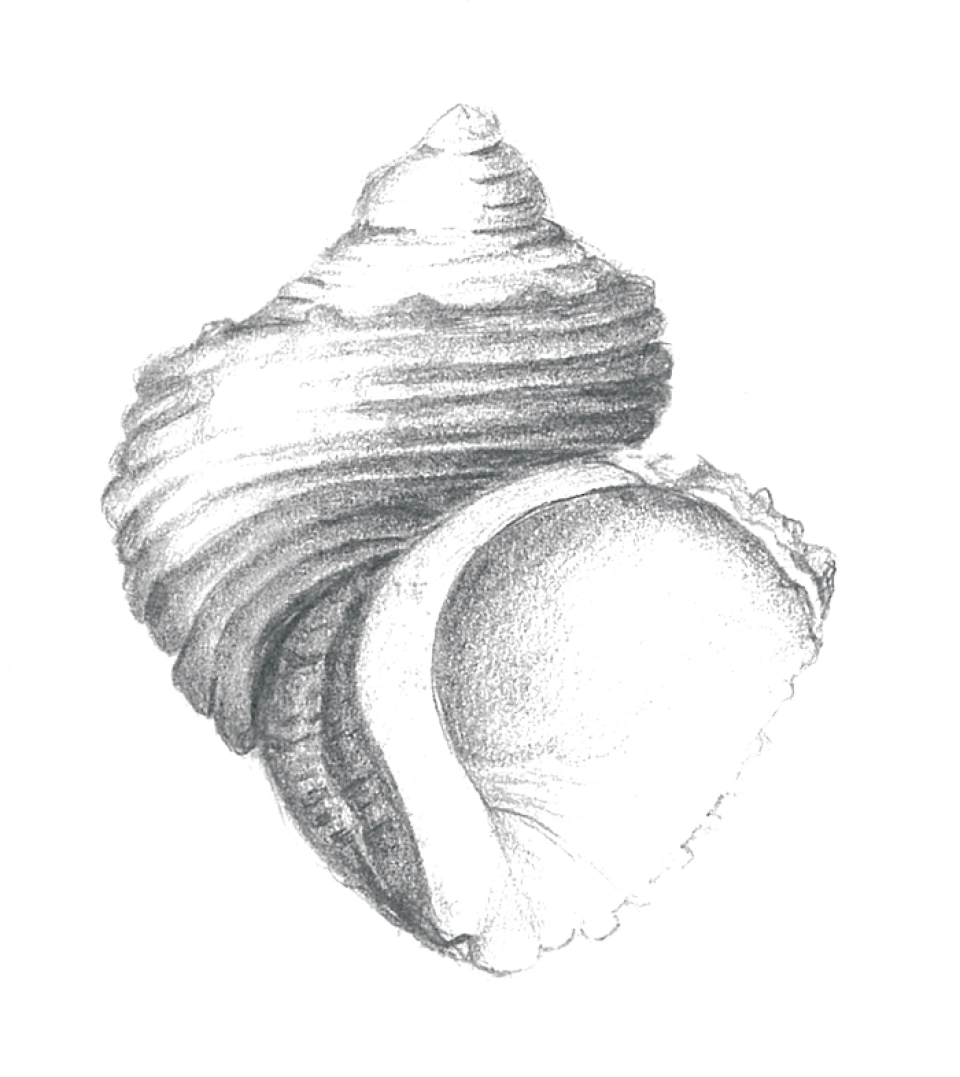
A graphic design major, Anna wrote her dissertation on how women are represented in surfing via branding, marketing, and advertising from the seventies onward. She is interested “in the semiotics of it all,” she tells me. “Until recently, in advertising, surfers were commonly portrayed as mostly male, with a token woman standing nearby in a bikini—even at companies like Billabong. Today, they can’t and shouldn’t get away with that.” She’s glad there’s now a women’s pipeline competition, and among her heroes she counts athletes like female professional surfer Coco Ho, thirty-three, one of the top surfers in the world.
Now graduation day is fast approaching. For the past three years, the core of Anna’s life has rotated around the lecture timetable, the forecast, the waves, and her surfing friends. “It can become a lifestyle if you spend hours in the water at every spare moment when these stars in one’s life align. Not everyone gets it, but it is addictive and takes over.” There is a compromise too—“Party nights are only for when there’s no surf the next morning! My happy place is to be up at the crack of dawn and out on the water. There isn’t a better way to kick the day off. Be it a fulfilling, challenging, freezing, or simply a stunning morning with no waves, you never know what the ocean holds for you.”
“She’s a pretty stubborn and determined young lady,” Emily adds. “The thrill of the surf currently beats the nightclub run, which is music to the ears of any parent.”
